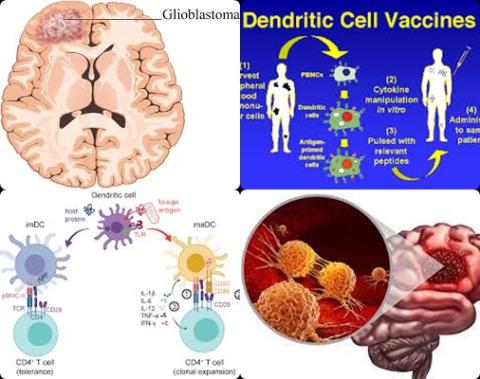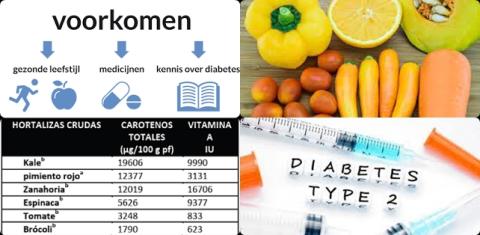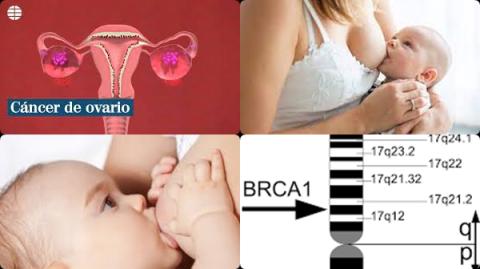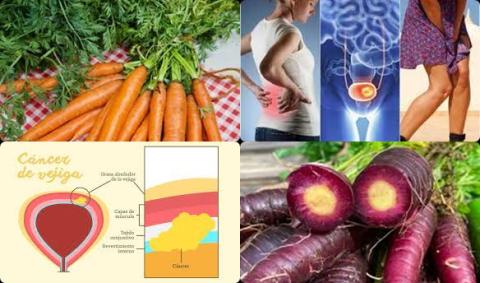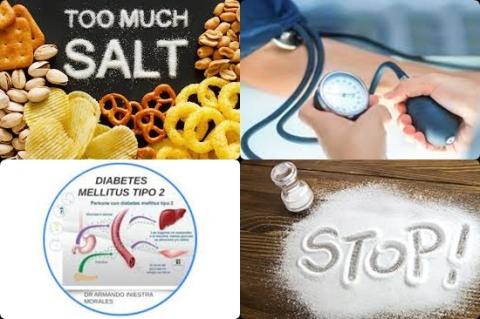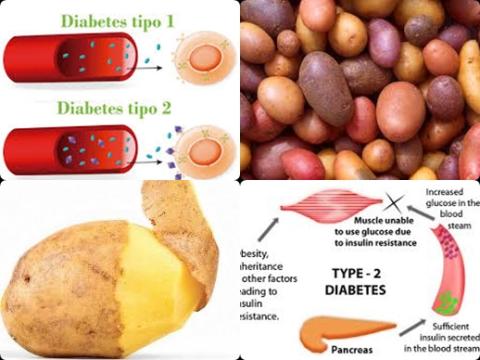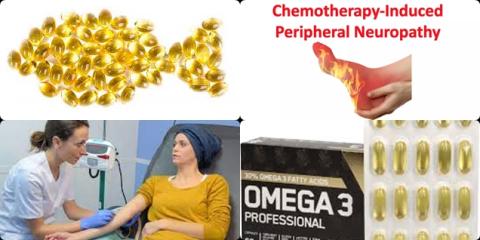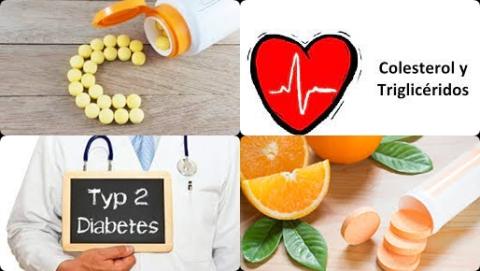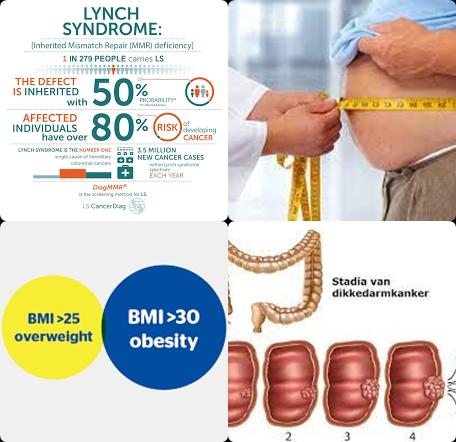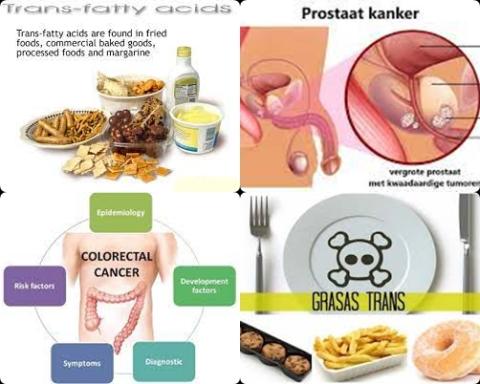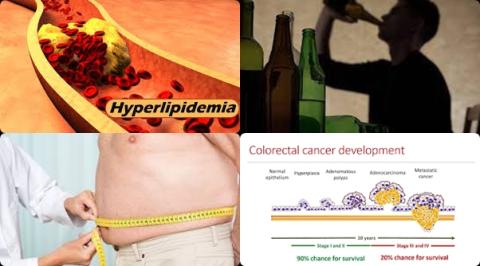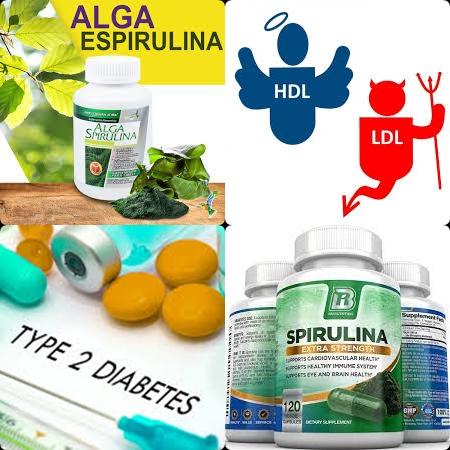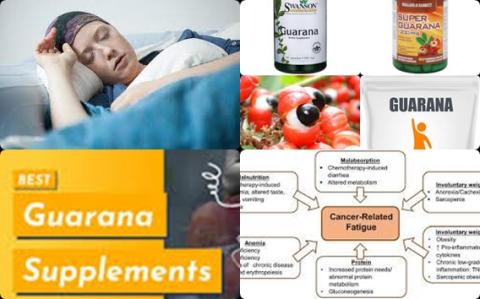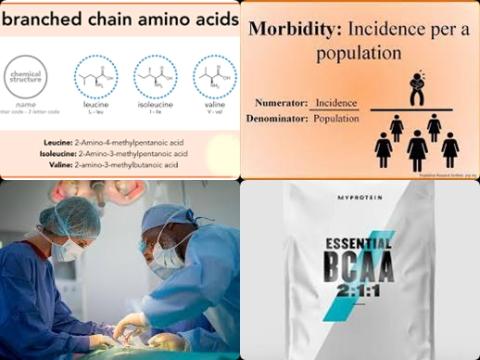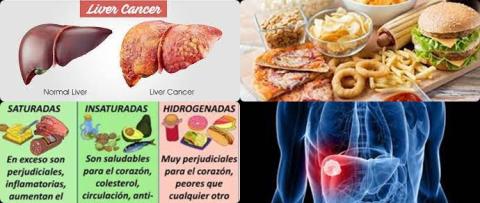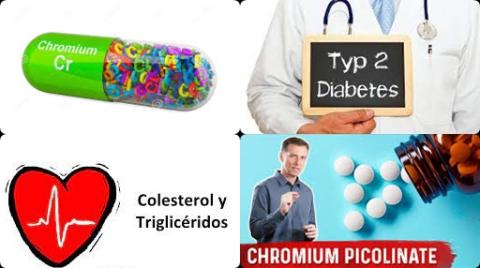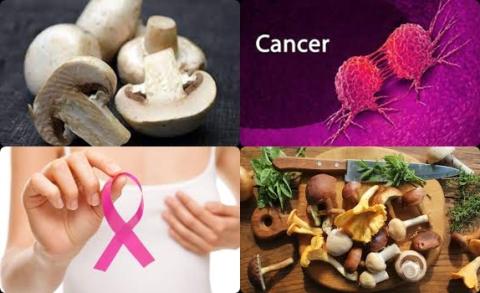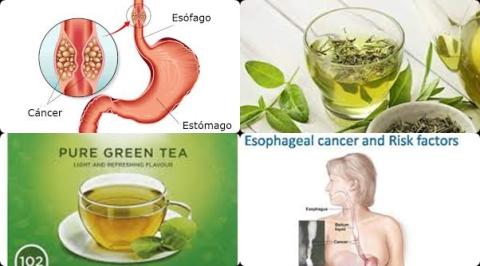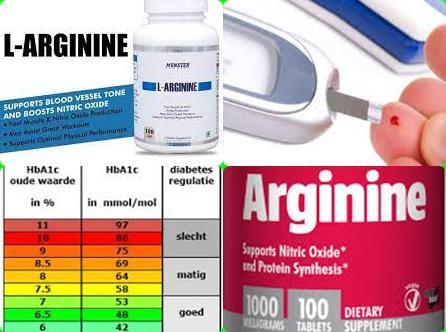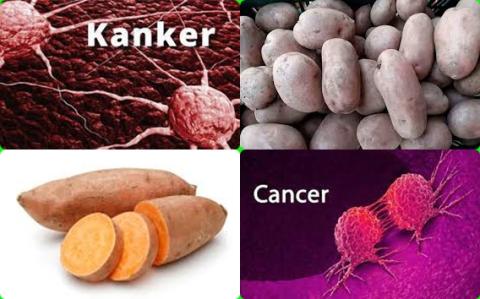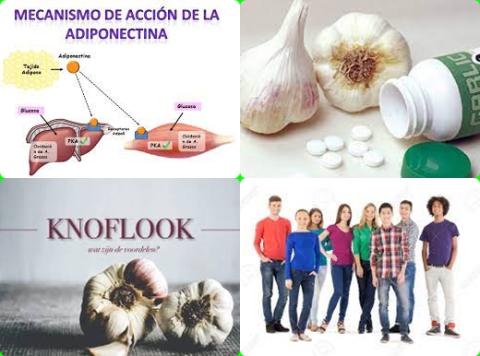600 mg/d vitamin E supplementation decreases chemotherapy-induced peripheral neuropathy
Objectives:
Chemotherapy-induced peripheral neuropathy (CIPN) is a common symptom, but prophylactic measures cannot still be carried out effectively. In addition, the efficacy of vitamin E in preventing peripheral neurotoxicity caused by chemotherapy is inconclusive. Therefore, this review article has been conducted.
Does vitamin E supplementation decrease risk of chemotherapy-induced peripheral neuropathy?
Study design:
This review article included 8 RCTs with a total of 488 patients.
The number of participants in each arm ranged from 13 to 96.
The experimental intervention was vitamin E supplementation as an adjuvant to cisplatin, paclitaxel and other chemotherapies.
There was no publication bias.
Results and conclusions:
The investigators found patients who received vitamin E supplementation of 600 mg/day had a significantly lower incidence of chemotherapy-induced peripheral neuropathy of 69% [risk ratio = 0.31, 95% CI = 0.14 to 0.65, p = 0.002, I2 = 0%] than the placebo group (group without vitamin E).
The investigators found patients in the cisplatin chemotherapy group who received vitamin E supplementation had a significantly lower incidence of chemotherapy-induced peripheral neuropathy of 72% [risk ratio = 0.28, 95% CI = 0.14 to 0.54, p = 0.0001, I2 = 0%] than the placebo group.
The investigators found, moreover, vitamin E supplementation significantly decreased patients’ sural amplitude after 3 rounds of chemotherapy [MD = -2.66, 95% CI = -5.09 to -0.24, p = 0.03, I2 = 0%] in contrast with that of placebo supplementation, while no significant difference was observed when patients were treated with vitamin E after 6 rounds of chemotherapy [MD = -1.28, 95% CI = -3.11 to 0.54, p = 0.17, I2 = 40%].
The investigators found, in addition, the vitamin E-supplemented group had better improvement in the neurotoxicity score and lower incidence of reflexes and distal paraesthesias than the control group.
The investigators concluded that vitamin E supplementation of 600 mg/day decreases risk of chemotherapy-induced peripheral neuropathy, particularly in the cisplatin chemotherapy group. More high-quality trials with standardized reporting of clinical outcomes about peripheral neuropathy are needed to explore the exact role of vitamin E in the prevention of chemotherapy-induced peripheral neuropathy.
Original title:
Protective Effects of Vitamin E on Chemotherapy-Induced Peripheral Neuropathy: A Meta-Analysis of Randomized Controlled Trials by Miao H, Li R [...], Wen Z.
Link:
https://www.karger.com/Article/FullText/515620
Additional information of El Mondo:
Find more information/studies on vitamin E and cancer right here.
